|
Late Victorian Era ladies and gents had a fetish for feathers. More than 5 million birds were being massacred yearly to satisfy the booming North American millinery trade. Along Manhattan's Ladies' Mile — the principal shopping district in New York, centered on Broadway and Twenty-Third Street — retail stores sold the feathers of snowy egrets, white ibises, and great blue herons. Once dense egret bird colonies were wiped out in Florida. Some women even wanted a stuffed owl head on their bonnets and a full hummingbird wrapped in bejeweled vegetation as a brooch. And fly fishing - Fishermen caused ruffled feathers too. Click on the "read more" to find out why!
1 Comment
What do airplanes have to do with Daisy Polk? Living in Alsace-Lorraine on the Western Front during the war, and rebuilding Vitrimont after German bombings - she had first-hand experience with these planes, even writing about visiting the airbase near the forest of Parroy. She also knew a few fliers. One pilot married Ethel Mary Crocker and flew over the Vitrimont church on her wedding day "dropping" flowers for the bride and groom. More on this gentleman in a later post - for now if you're interested watch the short compilation of film below - Aéroplanes of the first world war - believe me your first bike had more metal parts!
This rare war film footage from 1914 to 1917 records aviation before the US officially entered the war and highlights the planes in use with names reflecting early pioneers and designers in the industry (see more airplane WWI history and list click "Read More" below). This view from Nob Hill looking up Taylor at Jackson to Vallejo Street - is half a block from the summit of Russian Hill. The true summit lies at Vallejo between Taylor and Jones. Also seen here are the cross streets of Pacific Avenue and Broadway. Ina Coolbrith Park is located just across the Vallejo stairs from the house seen in the upper left corner - The House of the Flag.
Today the 225 step Vallejo Stairs are on both sides of Taylor Street. The House of the Flag is on the SE corner of the Vallejo stairs and Taylor Street. It was named a San Francisco landmark in 1972 and has become part of the lore of this special neighborhood which was home to a coterie of the most creative and interesting San Franciscans of their time. It also largely survived the fire and has many pre-earthquake buildings still standing watch from the top of Russian Hill. The story of The American Relief Committee (ARC) 1914 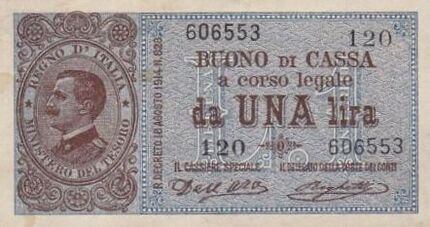 1914 Italian Lira note 1914 Italian Lira note Imagine you are on your Grand Tour of Europe in 1914. La Dee Da, life is wonderful. Until it isn't. Uh oh! Imagine, overnight, war breaks out. No phones, no airplanes, no ATM's, no credit cards, most trans-Atlantic ships have ceased operations, and the ones that are leaving - are leaving from England. There you are in Florence, Italy with 150,000 lire. YOU! The daughter/son of a robber-baron (ooops sorry! Philanthropist) with positively scads of money back home in reliable J.P. Morgan & Co. But your letter of credit is worthless without a bank - and all the London banks are closed. Why does this matter? Because to exchange money and to transact almost any financial matter in 1914 required it to pass through London Banks. You can't get your money, and no-one can send you any. Click "Read More" to see Daisy in 1914 and learn more about how stranded Americans got home! Imagine it's 1914, and you are in The Miller Brothers 101 Ranch Real Wild West Show touring Europe. You are from Oklahoma, completely dependent on the show for your meals, lodging and return ticket home. Now imagine war breaks out. Remember it's 1914 and you have no phones, no airplanes, no ATM's, no credit cards, all trans-Atlantic ships have ceased operations, and the banks are closed. And your Show troop, along with an estimated 120,000 Americans, are all trying to leave.
It happened. This is just one story of one group of stranded Americans. But it's a doozy! The book "Tante Daisy" has a great story about George White Eagle (pictured above left) who marries a Brit in London to be able to bring his new wife and her son back to America. Daisy helps organize an impromptu wedding reception Read how the other Americans got home here. To learn more about The Miller Wild West Show story click "Read More" 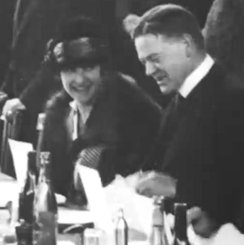 Nothing is more fun than digging around the Internet and finding a research gem! This week there have been plenty. Today's find comes from the National Archives, a virtual treasure trove of fun. I was looking for footage of Nancy, Luneville and Vitrimont during World War I. Well I found it! And in a search for General DeBuyer I also found Daisy and Herbert Hoover visiting the Citroen Munitions Plant. She was referred to as Madame La General. So I found what I didn't know I was looking for ... film of Daisy! It's silent, so don't fiddle with your volume. It starts with an overview of the lunch break, then pans to show the VIP table of visitors at about 1:10.
But other flowers were also remembrances of the war. Click "Read More" to learn about the other flowers. |
Some stories that couldn't make the book in full ... but need to be told! Editors welcomed - sign up below.
STORIES
WR HEARST PLANS SONG: DAISY HOT SPRINGS 1882 A WILLIS POLK GIFT THE RLS CONNECTION 1896 EARTHQUAKE TALES FROM COPPA PANDEMIC OF 1889 THE BOMB THAT SHOOK SF MILAN:CITY OF WATER POLK ON THE MAP FEATHERS, FASHION & FLY FISHING RARE AVIATION FILM - WWI 1914-17 1906 SAN FRANCISCO WTF FILES - TECHNOLOGICAL GET ME OUTTA HERE! NO HORSES, NO TENTS, NO $ DAISY IN FRENCH LITERATURE DAISY ON FILM! THE WHITE DEATH THE SYMBOLISM OF FLOWERS POSTE DE SECOURS WWI TRAVEL 1900: LONDON TO PARIS DAISY: REST IN PEACE KEITH'S, DRANE'S & KENTUCKY MOTHER: MISSOURI COMPROMISE Topics
All
|

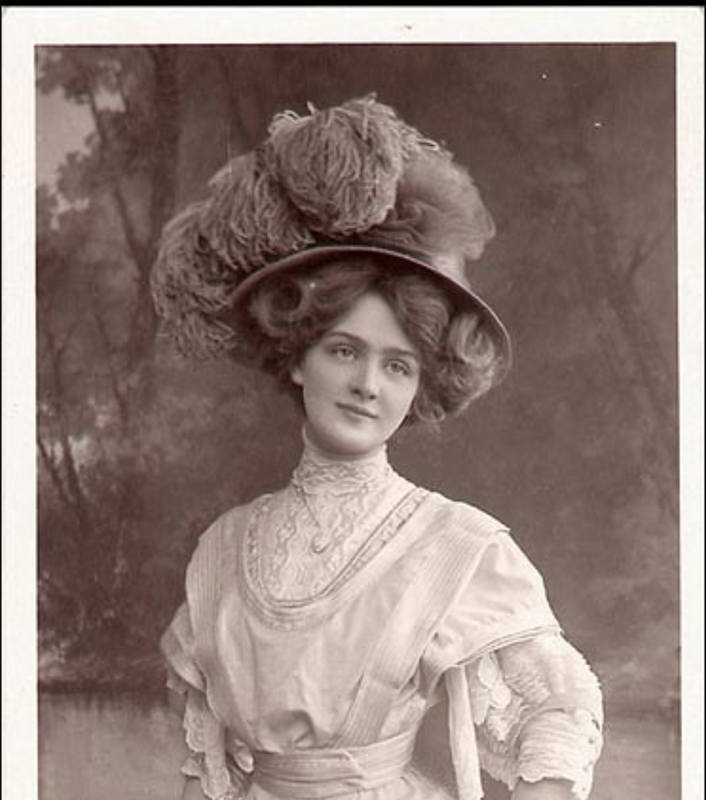
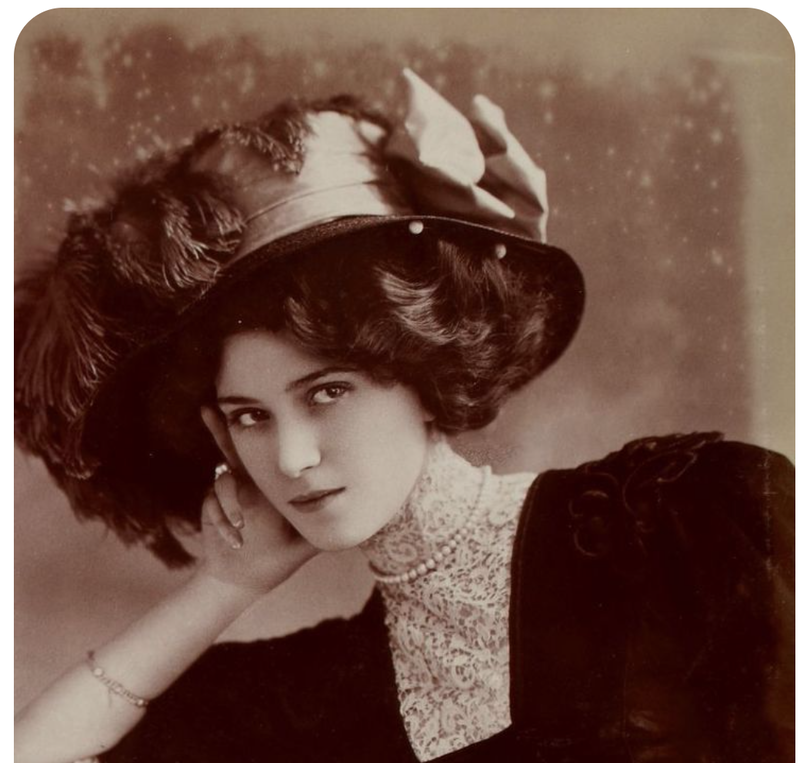
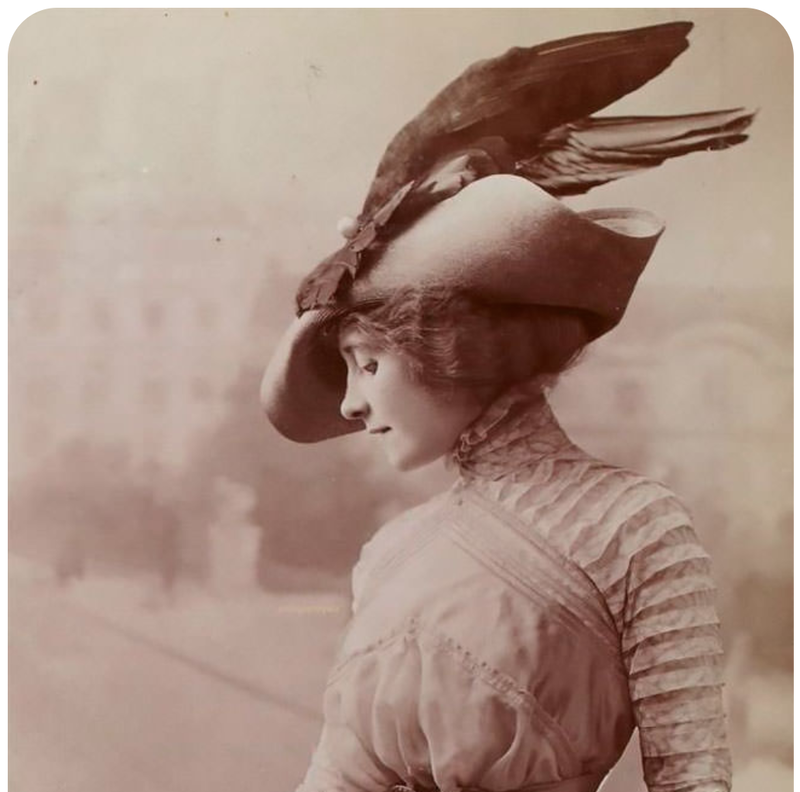
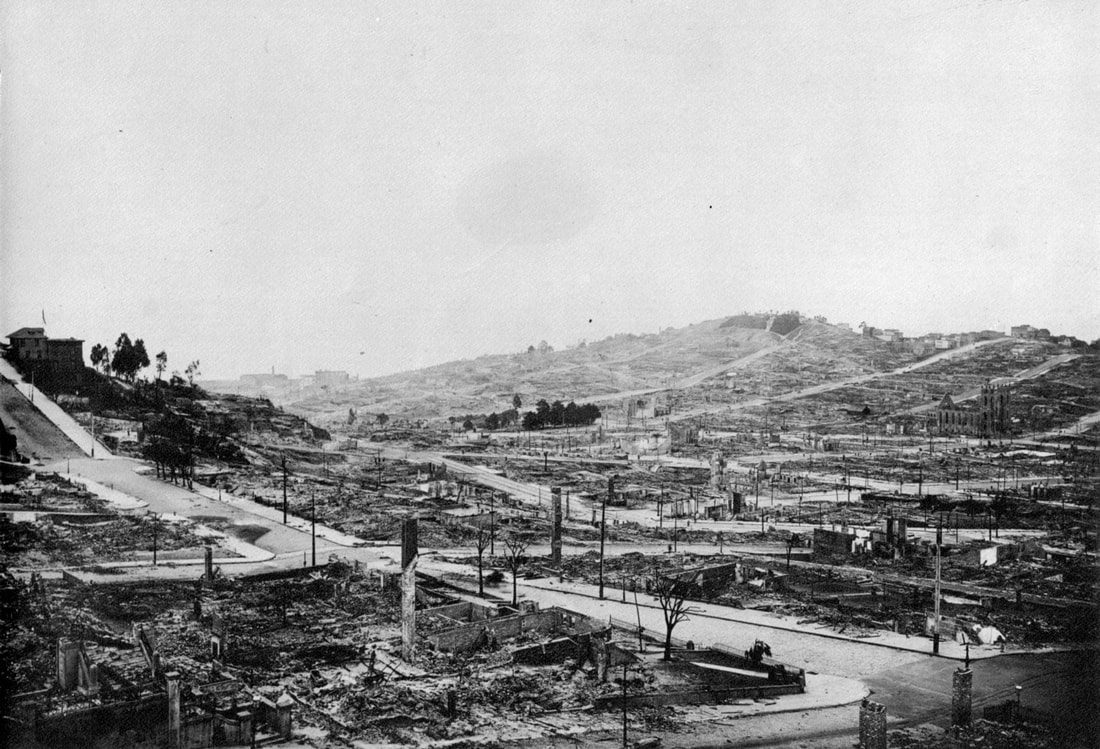
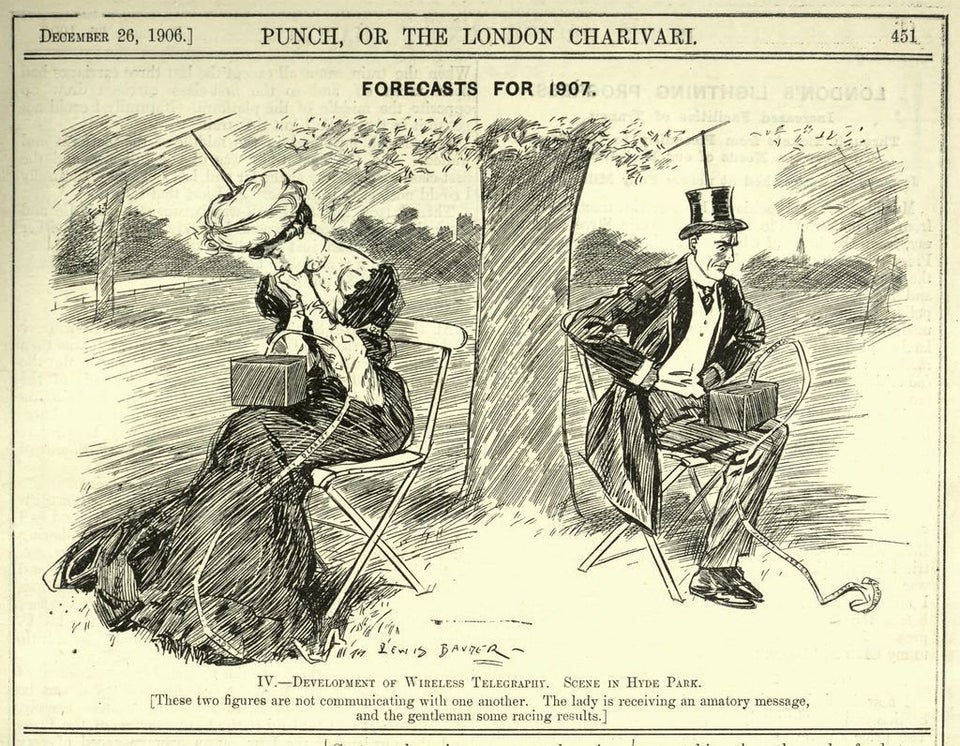

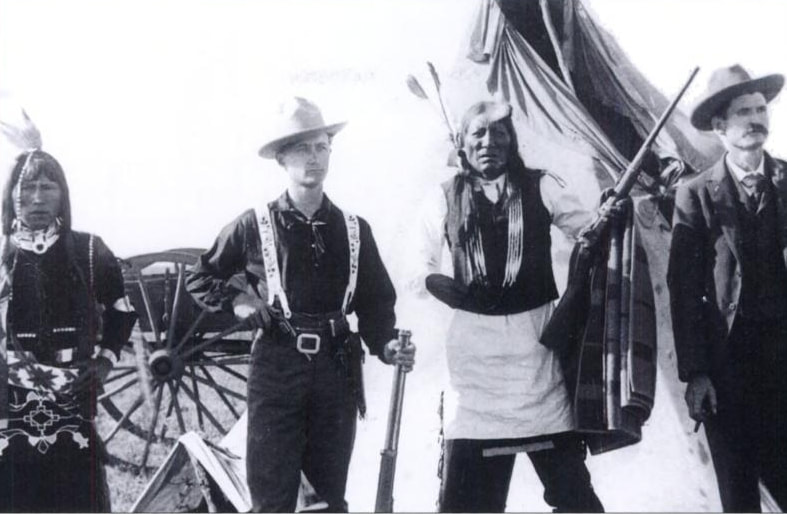
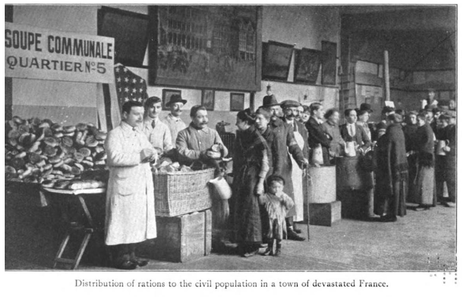
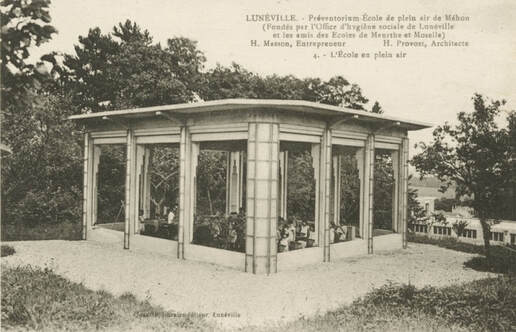

 RSS Feed
RSS Feed